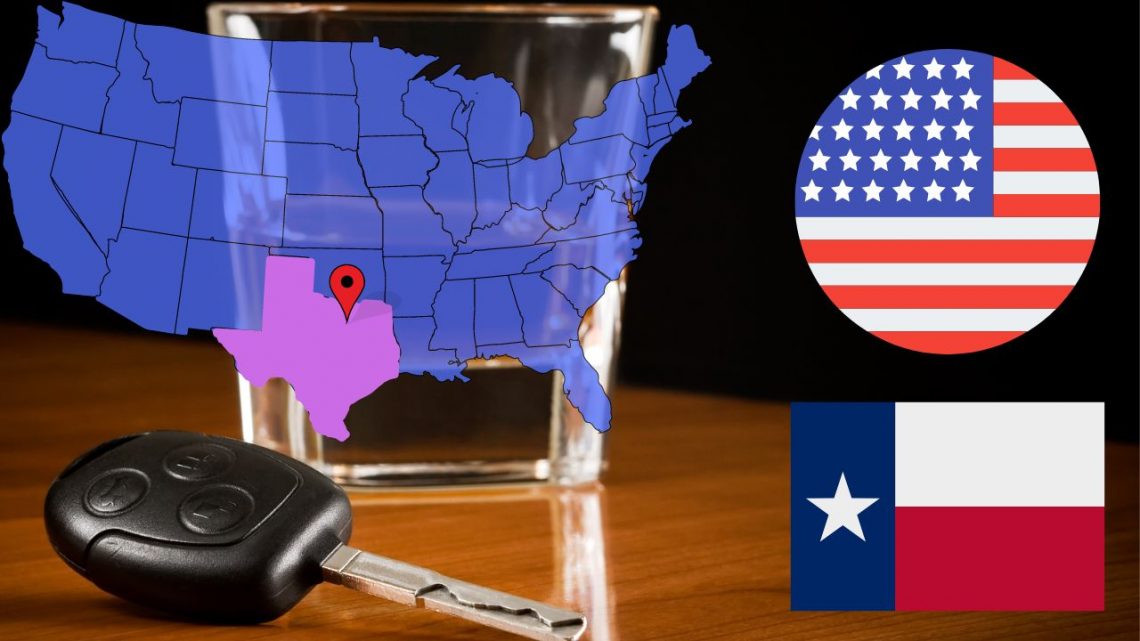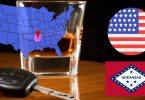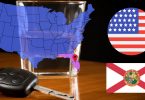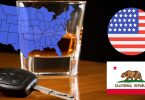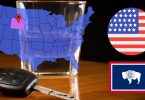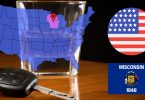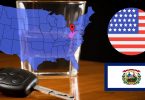In Texas, you can legally drive after consuming alcohol, provided your blood alcohol concentration (BAC) does not exceed 0.08% (80 mg of alcohol per 100 ml of blood).
It is essential to note that this article aims to raise awareness about drunk driving and Texas’s impaired driving laws. This page does not endorse driving while intoxicated in any state or region.
What is the Legal Alcohol Limit for Driving in Texas?
In Texas, the legal alcohol limit for driving varies depending on the driver’s license type and age. The state enforces different blood alcohol concentration (BAC) levels to ensure safety on the roads. Here’s a breakdown of the legal limits for each category of drivers:
- Regular Drivers: The legal BAC limit is 0.08%. This applies to most drivers operating personal vehicles.
- Commercial License Holders: For those holding a commercial driver’s license (CDL), the legal BAC limit is lower, set at 0.04%.
- Minors (Under 21): Texas law prohibits minors from driving with any detectable amount of alcohol in their system. Therefore, the legal limit for drivers under the age of 21 is effectively 0.00%.
These limits are in place to promote responsible driving and reduce the risks associated with impaired driving.
Drink and Drive Penalties and Punishments in Texas
In Texas, the consequences of drinking and driving are severe, varying based on the number of offenses and specific circumstances. It’s crucial to be aware of these penalties and to regularly check the official state website for the most current information. Below is an overview of the penalties and punishments for different scenarios:
First Offense
- Fine: Up to $2,000.
- Jail Time: Up to 180 days upon conviction, with a mandatory minimum of three days.
- Driver License: Suspension for up to one year.
Second Offense
- Fine: Up to $4,000.
- Jail Time: From one month to a year upon conviction.
- Driver License: Suspension for up to two years.
Third Offense
- Fine: $10,000.
- Prison Time: Two to 10 years.
- Driver License: Suspension for up to two years.
Note: These fines do not include an additional state fine of $3,000, $4,500, or $6,000 assessed upon sentencing.
Impaired Driving with a Child Passenger
- Charge: Child endangerment for driving impaired with a child under 15 years old.
- Fine: Up to $10,000.
- Jail Time: Up to two years.
- Driver License: Additional 180-day suspension.
Underage Drinking and Driving
For minors (under 21) found in possession of alcohol:
- Fine: Up to $500.
- Driver License: Suspension for 30-180 days.
- Community Service: 8 to 40 hours.
- Classes: Mandatory alcohol-awareness classes.
Subsequent offenses can increase the suspension period to 60-180 days. For those 17 or older, a third offense can result in a fine of up to $2,000 and jail time of up to 180 days.
Under 21 Offenses
For those under 21 with any detectable amount of alcohol:
- Fine: Up to $500.
- Driver License: 60-day suspension.
- Community Service: 20 to 40 hours.
- Classes: Mandatory alcohol-awareness classes.
For those 17 or older with a BAC of .08 or greater:
- Fine: Up to $2,000.
- Jail Time: Three to 180 days.
- Driver License: Suspension for 90 days to a year.
Penalties escalate with additional offenses.
Remember, these laws are in place to protect everyone on the road. Always check the official state website for the most up-to-date information on drink and drive penalties in Texas.
How Can I Calculate if My Blood Alcohol Limit is Legal in Texas?
In Texas, as in other states, the legal blood alcohol concentration (BAC) limits are strictly enforced to ensure safe driving. Understanding how your BAC level is measured and knowing how to estimate it can be crucial in making responsible decisions about driving after consuming alcohol.
How Police Identify BAC Levels in Texas
In Texas, law enforcement officers use breathalyzers or blood tests to determine a driver’s BAC level. These methods are considered reliable and are commonly used during traffic stops where there is suspicion of impaired driving.
Ways to Estimate Your BAC Level
As an experienced phlebotomist with a decade of experience, I recommend two methods to estimate your BAC level:
- Use a High-Quality Alcohol Breathalyzer
- I recommend the BACtrack S80, a device known for its professional-grade accuracy and reliability. It is DOT & NHTSA approved and FDA 510(k) cleared.
- Keeping a BACtrack S80 in your car can be a practical way to assess your BAC level. This is especially useful in Texas, where people sometimes underestimate their level of impairment.
- Utilize a BAC Calculator
- Alongside other phlebotomists and web developers, I’ve developed a BAC calculator that can help you estimate your BAC level based on various factors like your weight, the type and amount of alcohol consumed, and the time elapsed since drinking.
- This tool is available online and can be a convenient way to get a rough estimate of your BAC level before deciding to drive.
Important Consideration
It’s crucial to understand that while these methods can provide an estimate of your BAC level, they are not 100% accurate. Various factors can influence the results, and individual responses to alcohol can vary greatly. Therefore, these tools should be used as guidelines rather than definitive measures.
If either method indicates you are close to or over the 0.08% limit, it’s safest to avoid driving. Always err on the side of caution to ensure not only your safety but also the safety of others on the road.
Ways to Avoid Driving with a High BAC in Texas
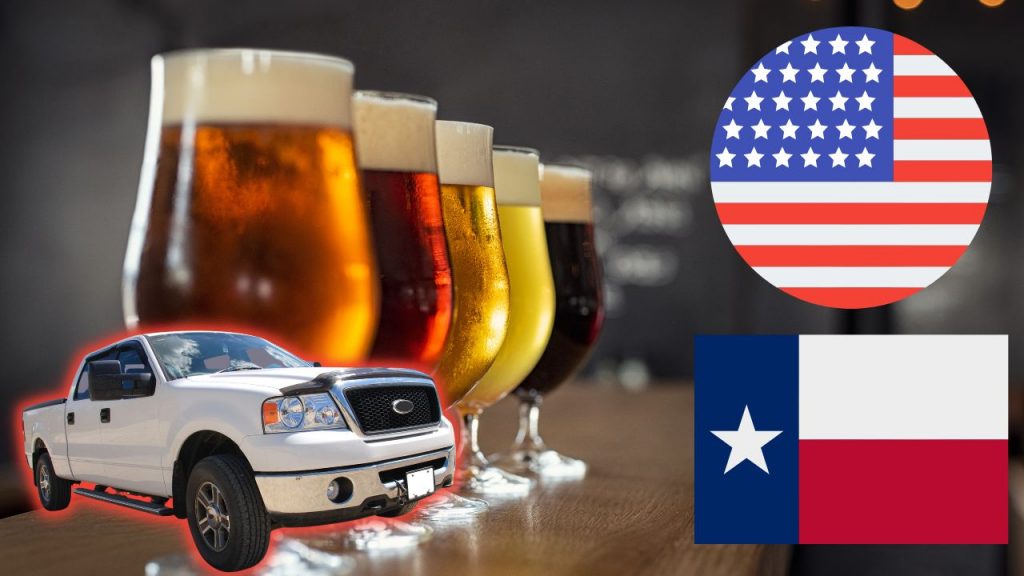
Driving with a high blood alcohol concentration (BAC) is not only illegal but also extremely dangerous. In Texas, where social events often involve alcohol, it’s important to plan ahead to ensure you don’t end up driving under the influence. Here are some practical suggestions:
1. Utilize Taxi and Ride-Sharing Apps
- Ride-Sharing Services: Apps like Uber and Lyft are widely available in Texas. They are convenient, easy to use, and a safe alternative to driving yourself.
- Local Taxi Companies: Depending on your location in Texas, you can also opt for local taxi services. For instance, in Houston, you might consider using Express Cab, while in Dallas, Irving Taxi is a reliable option. These local companies offer a safe ride home without the risks associated with impaired driving.
2. Hire a Designated Driver Service
- If you’ve driven to a location and find yourself unable to drive back due to alcohol consumption, hiring a designated driver service is a smart choice.
- In Dallas: Safeway Drivers is known for providing reliable designated driver services. They can drive you home in your own car.
- In Houston: HD Valet offers similar services, ensuring both you and your car get home safely.
- Simply searching for “designated driver service” in your city on Google will provide you with local options.
Key Takeaways
- Planning ahead is crucial. Before attending an event where you’ll be drinking, decide how you’ll get home safely.
- Always have the contact information or apps for taxi services and ride-sharing options readily available on your phone.
- Remember that the cost of a taxi or designated driver service is significantly less than the potential fines, legal fees, and other consequences of a DUI.
By using these alternatives to driving yourself, you not only ensure your own safety but also contribute to safer roads in Texas.
Sticking to DUI Laws in Texas: Sad Statistics
In 2021, Texas faced tragic consequences from impaired driving, with 1,029 deaths and 2,522 serious injuries. During spring break alone, there were 30 fatalities and 107 severe injuries from 872 DUI-alcohol-related crashes.
Driving under the influence poses serious risks. To travel safely after drinking, opt for alternatives like Uber, designated driver services, or taxis. Texas’ DUI laws and active law enforcement aim to reduce such incidents.
Adhering to drunk driving laws is crucial. Before deciding to drive, check your blood alcohol level using a breathalyzer. For comprehensive information on DUI laws, visit Texas’s Department of Transportation website.
Remember, even small amounts of alcohol can impair your driving. Prioritize safety by choosing not to drink and drive.

